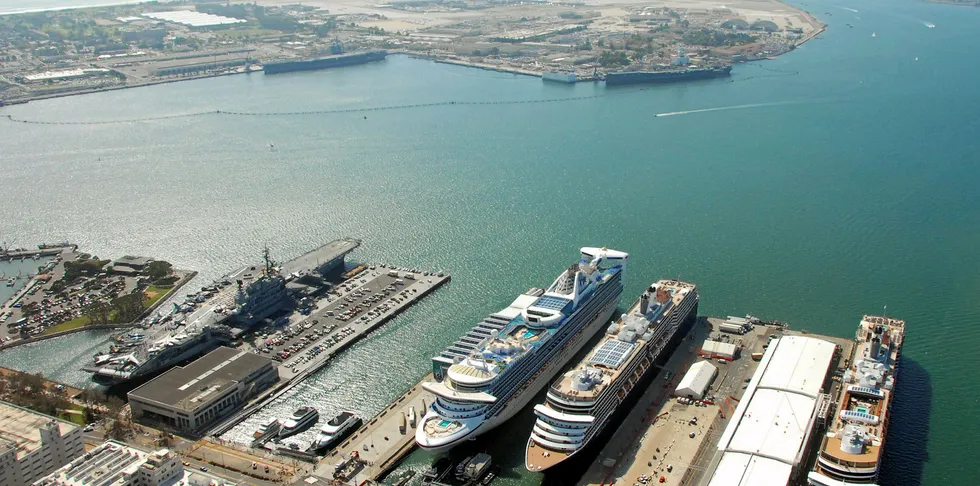New yellowtail offshore farm off California begins regulatory review
The project comes on the heels of Trump's executive order to kickstart the US aquaculture industry.

The project comes on the heels of Trump's executive order to kickstart the US aquaculture industry.
